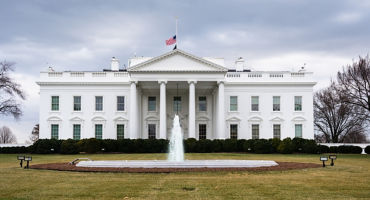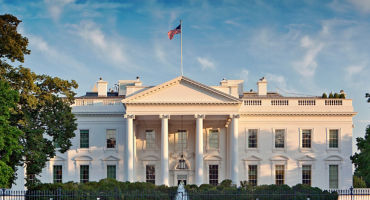Donald Trump has emerged as the clear victor in a highly polarized US presidential election. While the exact level of majority is still unclear, Republicans also gained control of the Senate while the outcome for the House of Representatives is, at time of writing, too close to call. This is a remarkable result for Donald Trump, regaining the presidency for a second time in an extremely tight race. Much will become clearer over the days to come as all the results are tallied and Trump starts the process of putting in place his administration and laying out priorities. Beyond the immediate market reaction, here are some bigger themes that I am watching which I believe will have significant implications for investors over time.
A deeper dive on macro trends and implications
Trump’s victory is likely to accelerate underlying trends around labor supply (weaker), the supply of tradable goods (contracting), and a deteriorating fiscal backdrop. In turn, this dramatically increases the probability of higher near-term inflation, but also higher inflation volatility over the short and medium term, which is critical for the level of yields and term premium. Bond yields had already moved up significantly in the run-up to the election, and continued to do so over the past few hours and may do so further, bringing them more in line with my medium-term structural analysis, which posits that yields on the 10-year Treasury will settle in the 5.5% – 6.0% range over time. Supply-side cuts with fiscal easing are a perfect recipe for a structurally higher level of yields and term premium. Even if the House doesn’t hold for Republicans, I think there is still a strong chance of fiscal easing next year into 2026, as a Democratic House would potentially trade tax cuts for spending increases.
Here is some additional color on these trends:
- Labor supply — The US, like much of the world, faces demographic headwinds with most of future labor force growth depending on immigration. All else equal, the demographic headwinds should lead to more persistent labor shortages, a higher NAIRU — the level of employment rate that does not lead to higher inflation — and a worse trade-off between inflation and growth. Over the past 12 months, the surge in immigration has represented a massive labor supply increase, but that has likely peaked, meaning that labor supply headwinds are likely to reemerge over the next 12 – 24 months. While both candidates were advocating more restrictive immigration policies, Trump’s proposals are even more restrictive, particularly if he also pursues his deportation plans.
- Tradable goods supply — Total trade volumes in the US have been on a structural decline since 2009. Trump’s first term elevated these developments through his use of tariffs, but trade restrictions had already been growing beforehand. Now, his proposed trade policies are even more restrictive. My research suggests that across-the-board tariffs could represent a growth hit next year of 0.5% – 1.0%, but an inflation boost of 1% – 2%. All else equal, a contraction in the supply of tradable goods makes goods prices more sensitive to demand and increases the probability of sustained inflation volatility.
- Fiscal policy — While I projected the US’s fiscal position to deteriorate under both candidates, it is now likely to occur at a quicker pace with a significant rise in debt levels likely over the next 10 years under current law, potentially going up to 140%. At this stage, I see limited evidence of concern from policymakers about these debt levels, despite interest costs now being higher than defense spending for the first time in history.
- Fed reaction function — It has recently reduced rates because it feels more comfortable about the inflation backdrop, and looking at spot inflation, that confidence for now is justified. If that confidence wanes (which I think over time is more likely than not), the Fed is likely to shift again — first by pausing the cutting cycle, and possibly by hiking again later next year if necessary. However, these decisions will now take place in the context of a new administration that would like to see the White House play a larger role in setting monetary policy.
- Polarization — This has been a risk I’ve become increasingly concerned with over the last decade, and it’s still building. By some measures, the US is more polarized now than at any point in history (including the Civil War). And I think income inequality continues to be both the main driver of polarization and a key driver of structural policy decisions from both parties. Resolving inequality will take years and be a major challenge that the new administration will have to tackle.























Markets in 2025: asleep at the wheel or in the driving seat?
Watch the conversation with Head of Macro Strategy John Butler as he discusses recent macro events and potential 2025 market outcomes for investors.
By